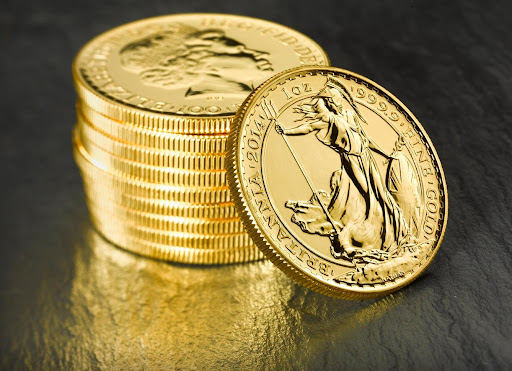Have you always been attracted by the beauty and value of precious metal coins? These assets can be categorized into four groups, bullion, proof, numismatic, and semi-numismatic. These four coin variants differ in their value and have distinct benefits and limitations from the standpoint of an investor. Numismatic specimens aren’t permitted to be included in IRAs. Nevertheless, they still present a beneficial option for investors at Lear Capital.
The information below describes the main features and values of all types.
Bullion at Lear Capital
The first type to consider is bullion coins. Bullion has a recognized fineness and weight, which is stamped as such. Although most individuals believe that bullion is only available as bars stored in special depositories, bullion coins are made as well from the same precious metals every year. These pieces are more convenient to own, as they are smaller and less expensive compared to bars.
Proof
Proof coins are made with high quality in mind, which explains their low-quantity production. These are the finest quality pieces manufactured by the U.S. mint. The name proof refers to the finish of coins. Blanks undergo special treatment, including cleaning and hand-polishing, to ensure strikes of premium quality. Check this useful source of information about the U.S. mint agency.
Each proof is struck by using special dies, and it’s usually struck more than once or by using greater pressure. The details of these specimens are more recognizable, whereas the field area is smoother as a result of the extra care used in striking each piece.
They come in an encapsulated form to maintain their exquisite quality and impede rust from causing damage. Proof specimens are packed in special packaging along with a certificate that verifies their authenticity.

Numismatic at Lear Capital
Numismatic coins are older and highly valuable among collectors. Their value comes from precious metal content and artistic appeal. These pieces are certified independently by third parties, which grade them and inform interested collectors about their value. There are numerous numismatic pieces worth collecting, which add not only beauty but also historical value to any collection.
For instance, the 1921 Peace Dollar, designed by Anthony DeFrancisci, would be a lovely addition to your collection. This article, https://news.coinupdate.com/the-life-and-work-of-anthony-de-francisci-3143/, elaborates on Anthony’s de Francisci life. The idea that encouraged the design of this piece was to commemorate the desired peace that came after the Great War. The idea was proposed by the former president of ANA (the American Numismatic Association), Farran Zerbe.
The Standing Liberty quarter was first minted in 1916 with an incredibly limited mintage. Therefore, a specimen from 1916 is extremely pricey and rare. Nevertheless, the second year of production provides more affordable examples of this magnificent piece.
Another numismatic variant that attracts the attention of investors is the Washington quarter, produced for the first time in 1932. This quarter had a commemorative purpose, which was to commemorate the 200th anniversary of the birth of George Washington. Nevertheless, the Great Depression allowed no quarters to be produced in 1933.
Semi-numismatic
Semi-numismatic pieces share the traits of both bullion and numismatic coins. In general, these are newer bullion specimens with limited mintage. It’s believed that over time the value of these semi-numismatic pieces could exceed that of bullion, given their scarcity. The best portfolio would include all four types to meet both short-term and long-term investors’ needs.
Differences in value
There are differences in value between the four types of coins. There is a multitude of Lear Capital reviews to read online and find out more about coin investments. For instance, bullion pieces follow the spot price closely. However, no historical data shows that they have appreciated this price throughout history. In spite of the correlation bullion variants have with the spot price; they are great for initial investments.
In contrast, proof coins have a higher value that’s above the spot price. They are consequently considered more valuable in comparison to bullion. The higher price they command results from their characteristics and authenticity. Conversely, numismatic specimens aren’t minted in modern times. They are worth much more than their actual metal content due to their scarcity.
Just like numismatic coins, semi-numismatic specimens have two possibilities for price appreciation, which are spot price movements and the scarce nature of the specimen. Low-mintage specimens are incredibly sought after by numismatic enthusiasts. They are valuable to own, thanks to their diversifying capabilities and scarcity.
When evaluating your options for making a coin investment, you should think about your objectives. You must work with a skilled representative to lead you through the journey of custom-building and optimizing your portfolio.
Wrap up
Coins are of great worth to any collector or investor who aims to embrace diversity.
All types have specific benefits to add to investors’ portfolios.
Bullion, proof, numismatic, or semi-numismatic specimens?
The ultimate choice is only yours!





